Thread inspired by the discussion in this thread: https://forum.beyond3d.com/threads/...4-visual-comparison.57581/page-4#post-1894999
Took some pictures today
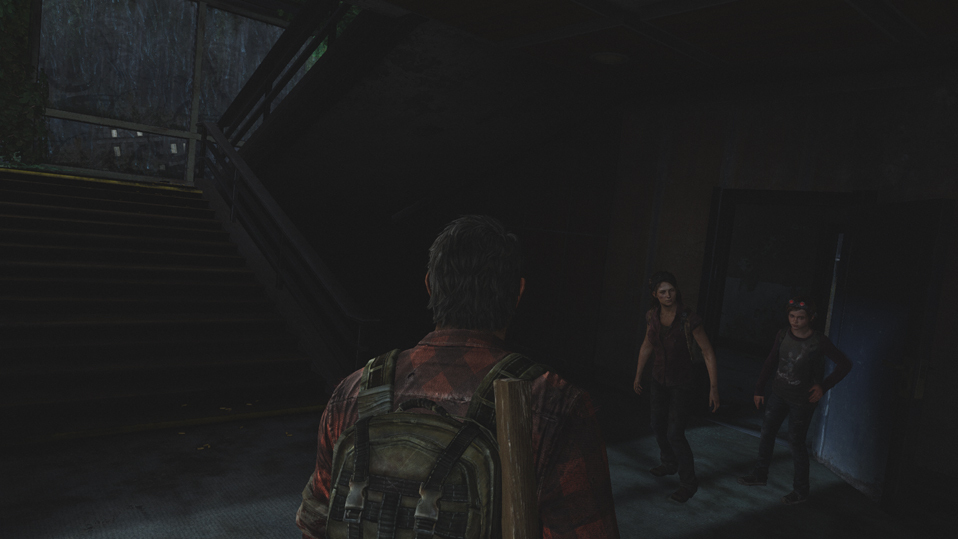

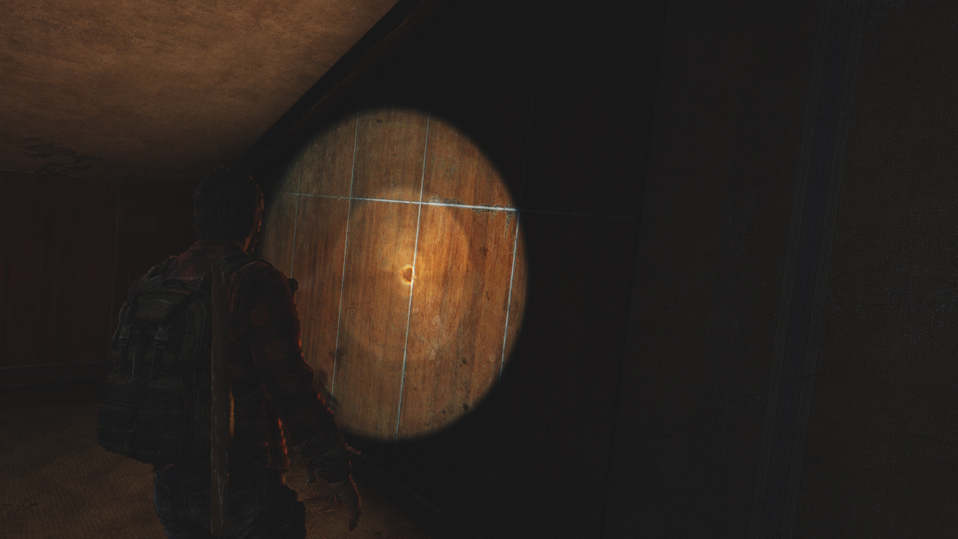
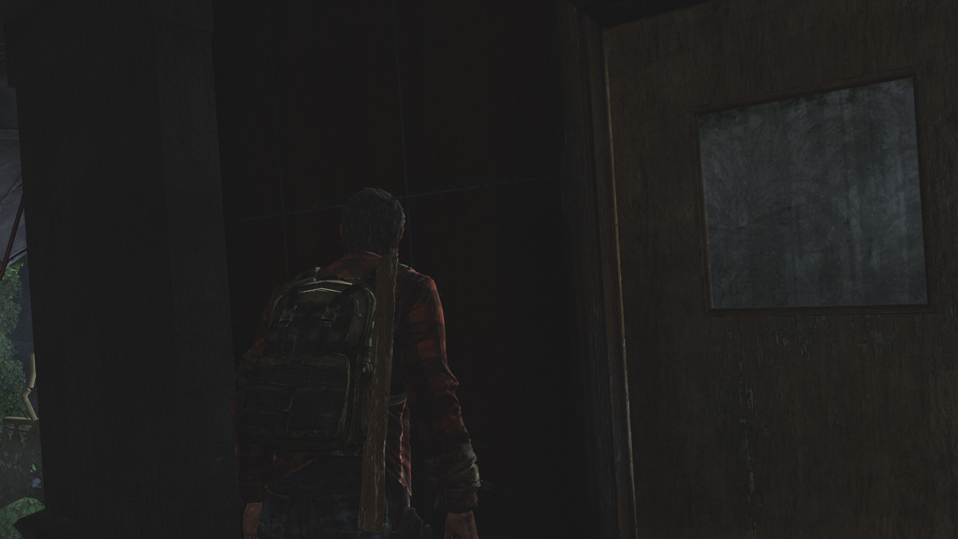
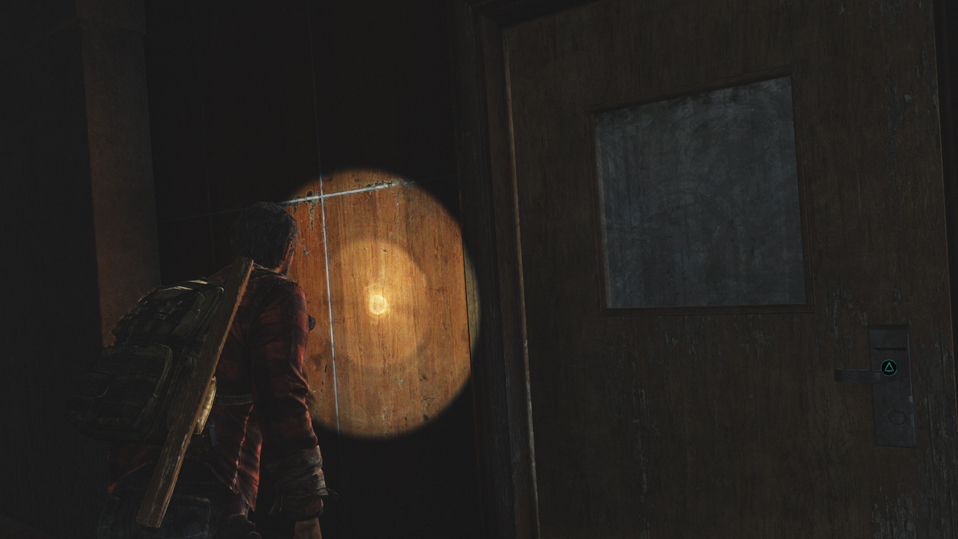

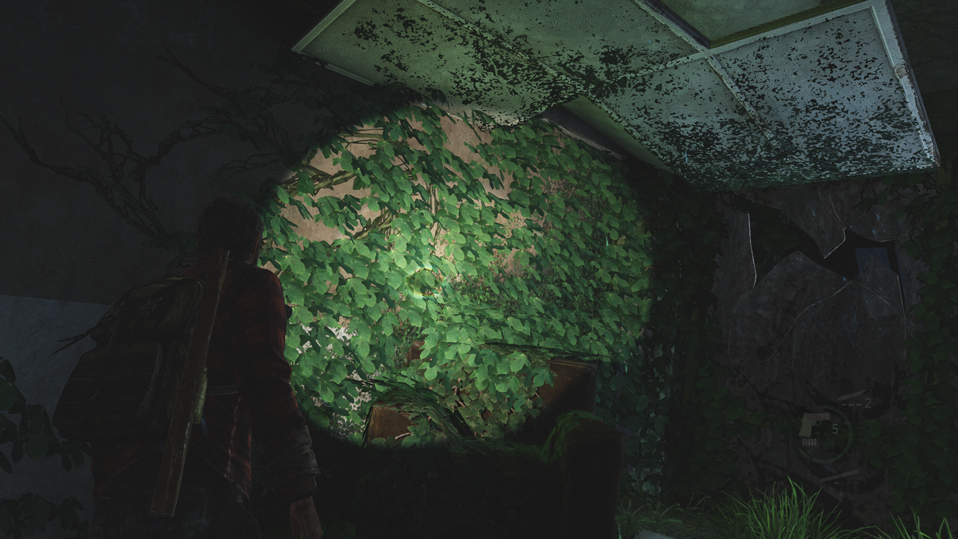
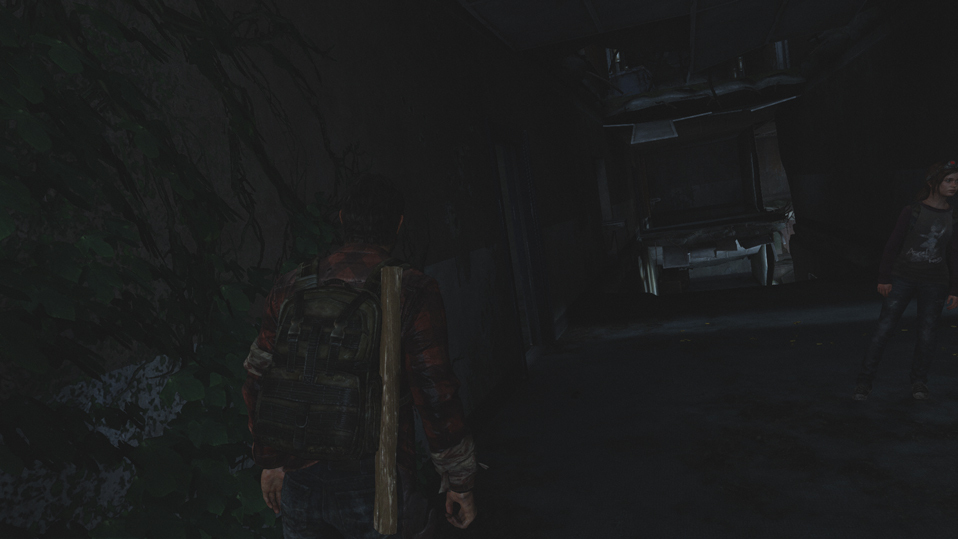
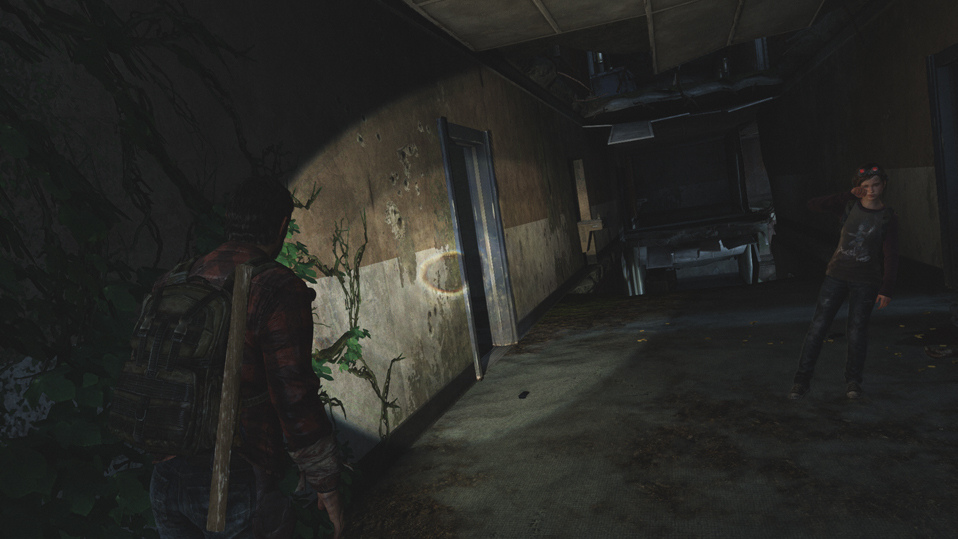
Did ND ever explain how they did this on Ps3? It's definitely some lower than native resolution effect but is it GI? Because it looks like it.
Took some pictures today









Did ND ever explain how they did this on Ps3? It's definitely some lower than native resolution effect but is it GI? Because it looks like it.
Last edited:


